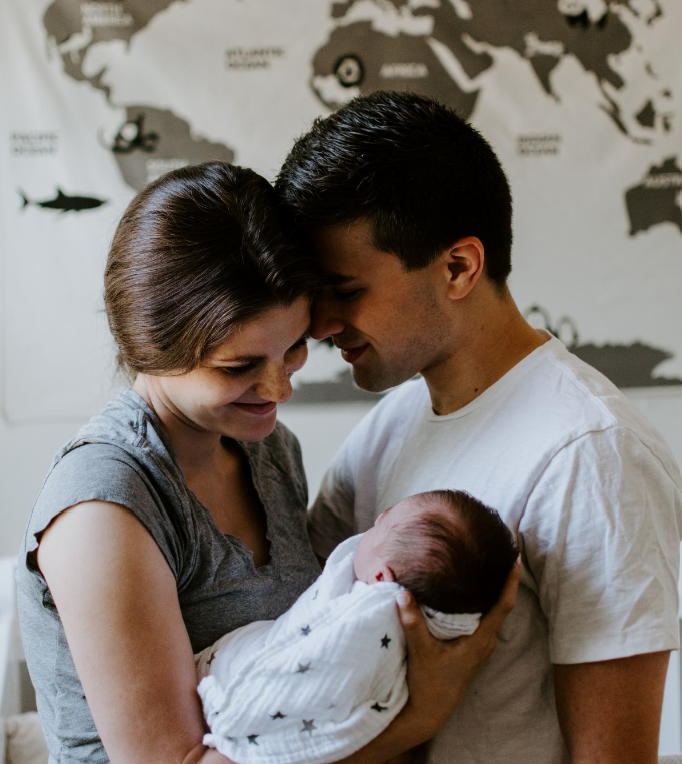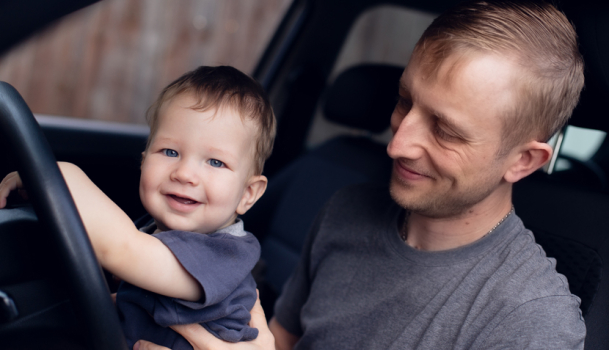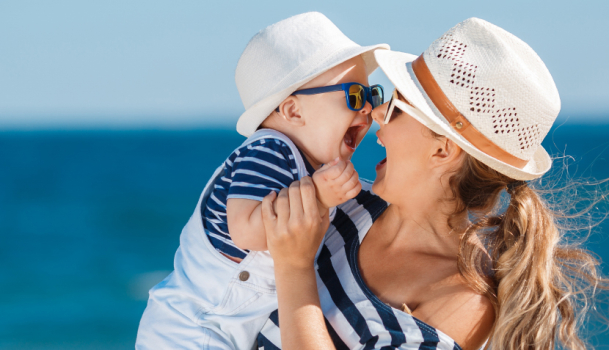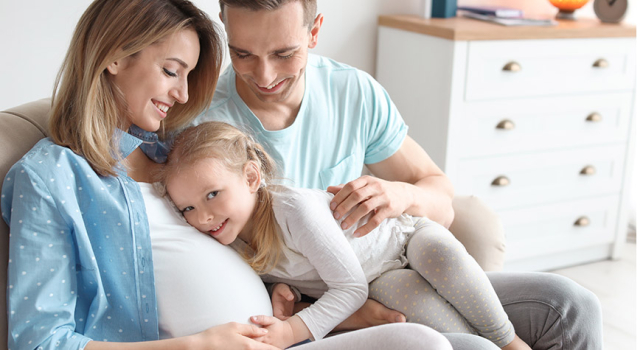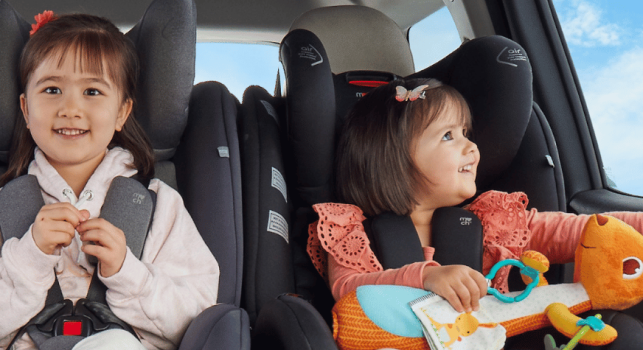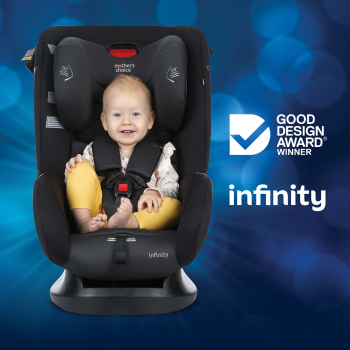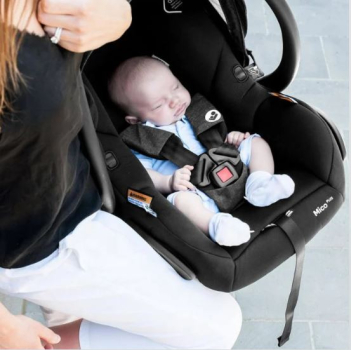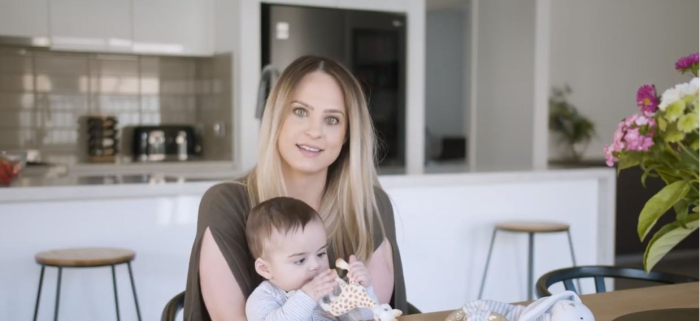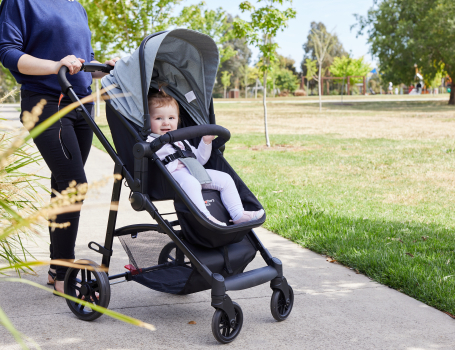It seems like there’s a limitless number of options when it comes to car seats, doesn’t it? First-time parents, in particular, find themselves perplexed by the variety of choices they are presented with and find it impossible to make a decision they will be 100% confident about.
Fortunately, you are not left to chance. Namely, the purchase of a car seat in Australia is largely dependent upon several factors, most importantly strict Australian law which clearly outlines which car seat model must be used based on a child’s age.
Nevertheless, the law can only be taken as somewhat of a basis that will aid you in deciding on a type and you are still left with a multitude of models to choose from. Over the years, Mother’s Choice has had the opportunity to help many parents select the right car seat for their child. We took advantage of this experience to learn what confuses parents the most and use this knowledge to help them buy a car seat that won’t disappoint them.
Ultimately, we managed to enlist all the items that must be taken into consideration.
The Law
To ensure utmost safety for children riding in a car, they must be secured in a properly fastened child restraint. This means that it has to be correctly fitted for their age and size and must meet Australian/New Zealand Standard AS/NZS 1745.
Still a bit confused? Here are the main points from official Australian law:
- Up to the age of 6 months, all newborns must be riding on the back seat of a car in an approved rearward-facing restraint.
- Children between 6 months and 4 years of age must be riding on the back seat of a car, either in an approved rearward-facing or forward-facing restraint.
- Children between 4 and 7-8 years of age must be riding on the back seat of a car in an approved child restraint or booster seat.
- Children over 7-8 years of age who are too small to be securely restrained by an in-built car seatbelt should be riding on the back seat of a car in an approved booster seat.
Car seat types
Taking Australian seatbelt law into consideration, parents should choose the appropriate car seat type based on their child’s age and height. Let’s put them in chronological order
- A baby capsule
Infants up to 6 months of age should ride in a rearward-facing position, and many parents opt for a baby capsule. What makes it a preferable choice for such a young child is its versatility of use. It features a stay-in-car base and a removable capsule that can be easily taken in and out of the car.
Many prefer this freedom that comes with the baby capsule since it enables parents to carry their child safely in their arms from the car to their home without disturbing them or waking them up. A capsule can also come in handy during shopping or other daily activities that cannot be postponed and you still have to keep an eye on your baby.
A baby capsule can also be attached to a compatible stroller and turned into a pram in a matter of seconds, called a travel system
- A fully-harnessed car seat
This is a forward-facing car seat that usually comes with a 5-point harness that goes across your child’s shoulders, hips and crotch. It is intended for children between 6 months old and 8 years of age.
- A booster seat
Booster seats are for children who are older than 4 and have grown enough to ride restrained with an adult seatbelt. This type of a car seat doesn’t feature a 5-point harness but still comes with a headrest to provide maximum safety and comfort for a child.
- A convertible car seat
Instead of purchasing a new type of a car seat as the child grows, you can opt for a convertible car seat that will serve you both during their rearward and forward-facing riding phase. To many, this seems like a more cost-effective solution, especially given convertible car seats are suitable for newborns all the way until they are approximately 4 years old.
Preferable car seat features
Not all car seats are built the same - that much is evident thus far. So which elements make one car seat a better option for you? Here are some of the features that can be included in a car seat design:
- Harness; A 5-point seat harness is obligatory for children up to the age of 4. When you’re choosing a particular model, check to see just how easily you can adjust the harness.
- Head protection; Newborns have to be placed in a car seat or a capsule that will keep their head securely fitted in place. Additional head protection such as Air Protect is also imperative for many parents in case of an accident.
- Isofix; The Isofix system features two connections between the car and the child car seat. It is considered one of the easiest ways to install a car seat quickly yet securely and rest assured that it is safely locked in place.
Bottom line
These have been the most important rules and some more general guidelines that can help you narrow your decision and get a car seat to match your needs. But despite the detailed advice, note that it will still take the personal experience to find out which specific features best accommodate your child and you as a parent.
Fortunately, Mother’s Choice is at your disposal to guide you through the process and ensure the utmost safety for your baby. Don’t postpone the purchase any longer!
Need help finding the right product for your child?
Our business hours are Mon-Fri, 8:30am - 5:00pm AEST.

